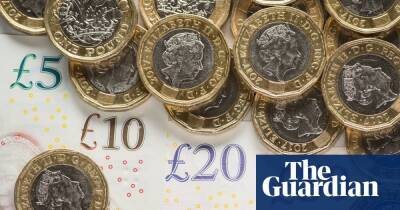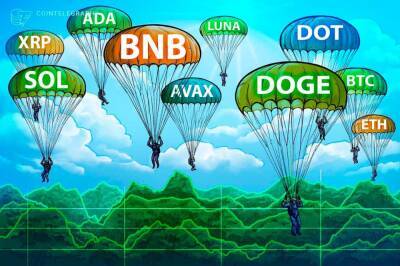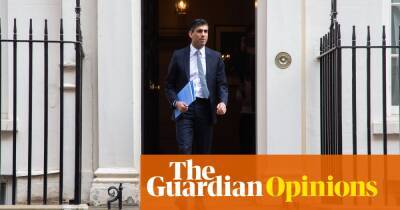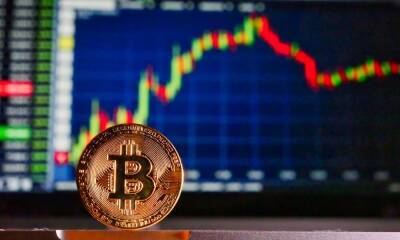The market has adjusted its views of how the Federal Reserve will raise interest rates
The Federal Reserve is expected to start raising interest rates next month and not slow down until well into 2023, though the slope of the increases might be a bit gentler.
Events over the past week, including statements from multiple Fed officials and, to a lesser extent, geopolitical turmoil, have convinced markets that the first rate move will be just a quarter percentage point.
That change came after traders had been pricing a move double that size at the March 15-16 Federal Open Market Committee meeting. Central bankers have been dousing the idea of needing to go up 50 basis points at the meeting, with New York Fed President John Williams saying last week that the case was «no compelling argument» for the move.
Still, it hasn't made investors any less nervous about what the path ahead will look like.
«I'm not so worried about whether they do 50 [basis] points out of the gate or not. But I also think they shouldn't overdo it here,» said Jim Paulsen, chief investment strategist at the Leuthold Group. «You can do 25, and if you want to do another one soon, you can do it, rather than add additional disruption or uncertainty.»
Indeed, markets have been volatile in 2022 as inflation has run rampant and pushed the Fed into a position where it is essentially being forced to tighten policy. Consumer prices are up 7.5% over the past year, well ahead of the 2% level that the Fed considers healthy for inflation.
Markets have been playing a guessing game this year, trying to figure out just how far the Fed will go. Current expectations are a certainty for a March increase and a slightly better than 50% probability that the Fed will enact seven hikes this year, which would translate into a raise at each of its remaining meetings,
Read more on cnbc.com




















